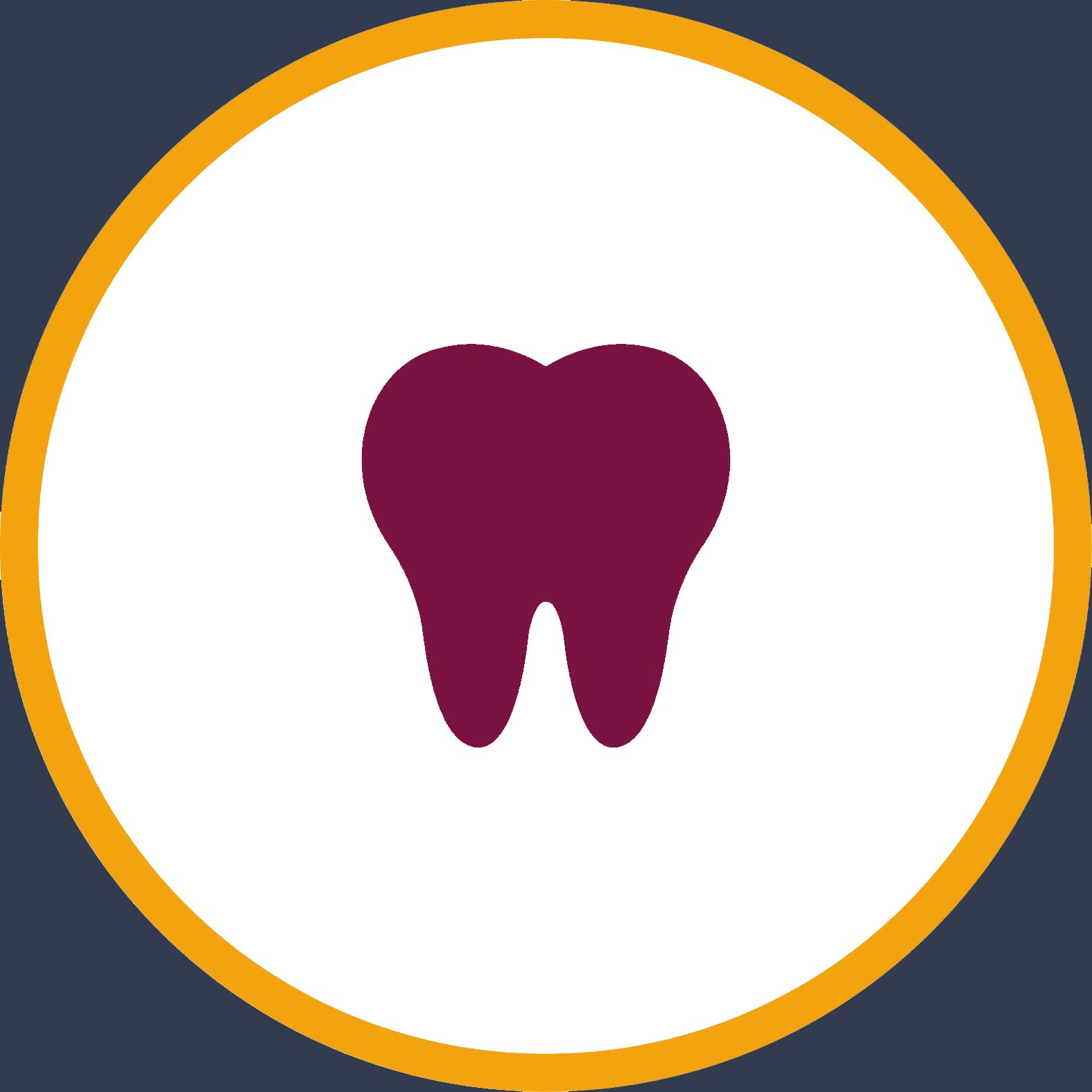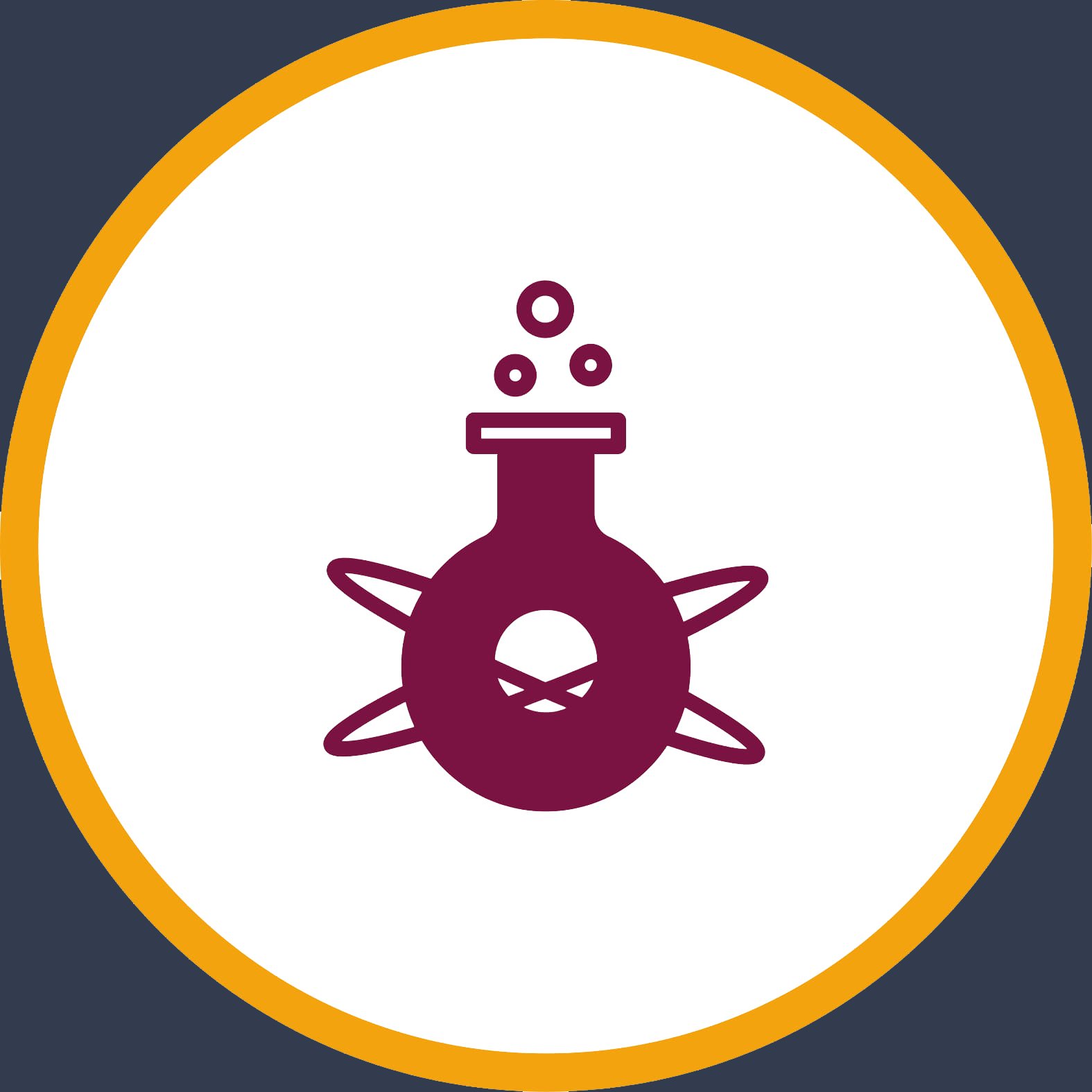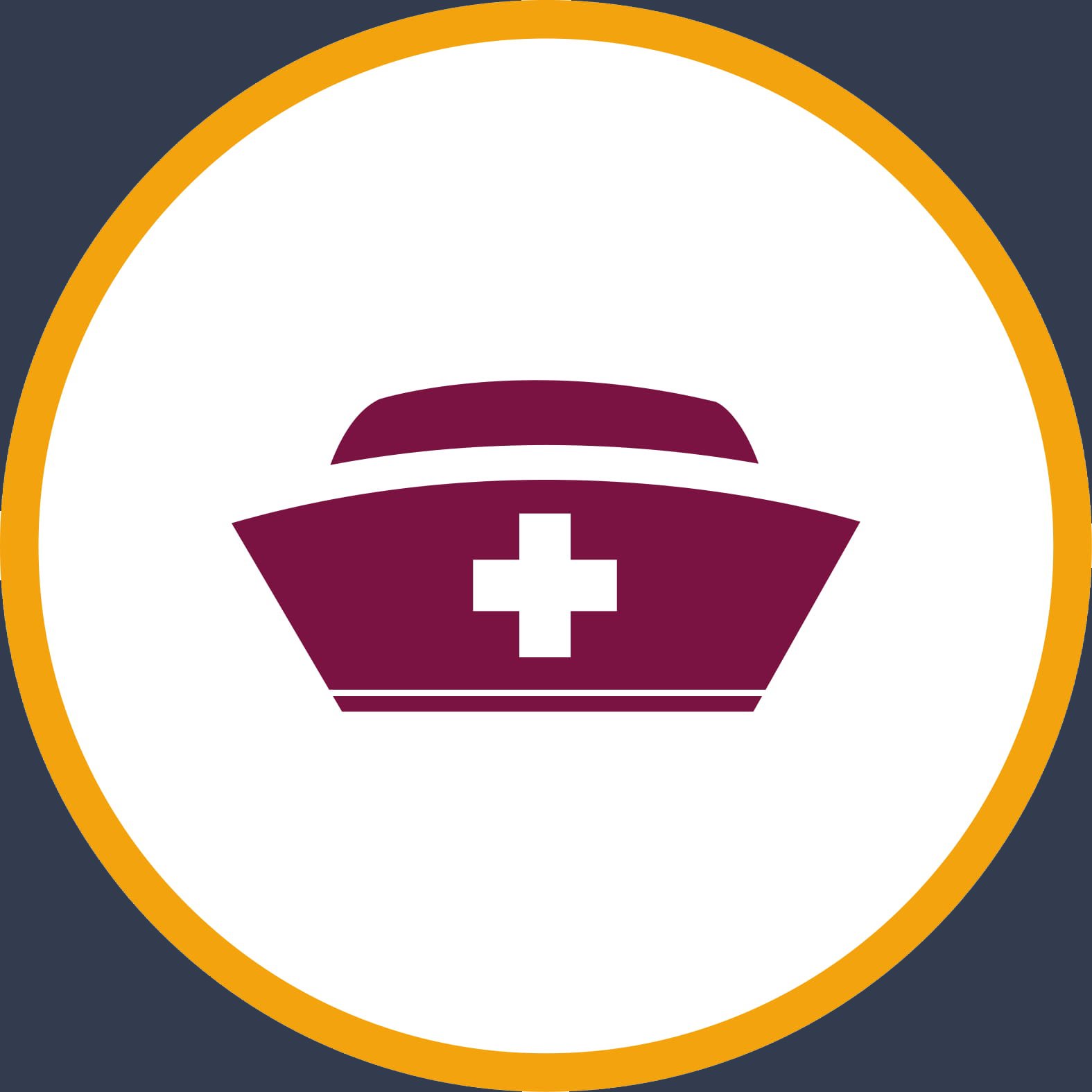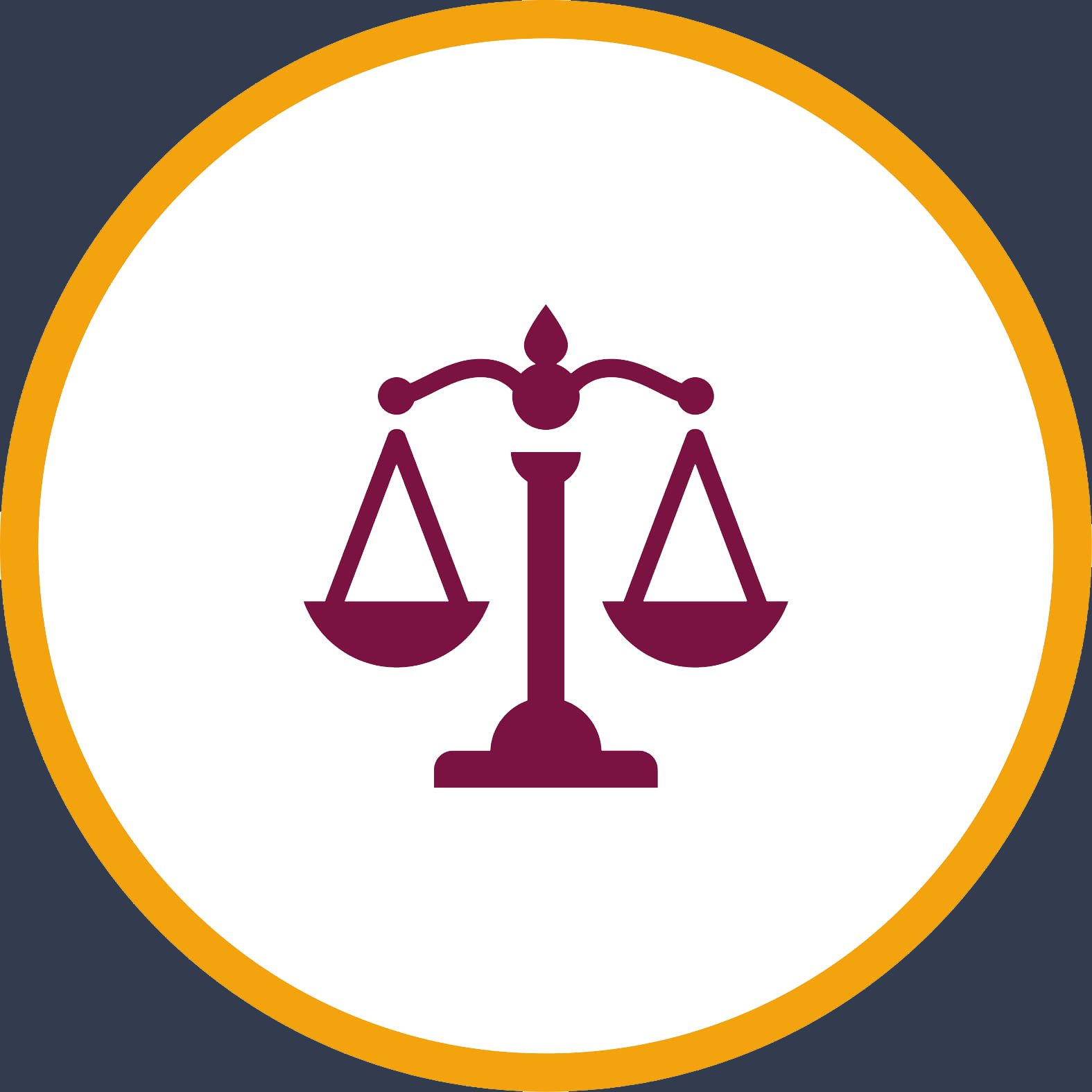| CE / CE 122- |
| Vector operations. Wedges. Frictional forces on screws and flat belts. Rolling resistance. Virtual work for a system of connected rigid bodies,Equilibrium of a particle, Freebody diagram, Moment of forces about a point and about an axis, Equivalent systems, Joints/Equilibrium of a rigid body in two and three dimensions, Joints/ Equilibrium of a rigid body in two and three dimensions, Trusses, Frames and machines, Dry friction, Moment of inertia. |
| CE / CE 212- |
| Introduction, course outline, Compound stresses, Introduction, Superposition, Force applied parallel to member’s axis, Unsymmetrical bending, Superposition of shearing stresses, Analysis of Plane Stress and Strain, Introduction, the basic problem, Equations of the transformation of plane stress, Principal stresses, maximum shearing stresses, Mohr’s circle of stress, Construction of Mohr’s circle of stress, Construction of Mohr’s circle of stress, Combined Stresses- Pressure Vessels- Failure Theories, Thin-walled pressure vessels, Failure theories, Design of Members by Strength Criteria, Introduction, design of axially loaded members, Design criteria for prismatic members, Shear and moment diagrams by summation, Shear and moment diagrams by summation, Deflection of Beams, Introduction, strain-curvature and moment-curvature relations, Differential equations of elastic beams, boundary conditions, Solution by direct integration, Solution by direct integration, Statically Indeterminate Problems Introduction, general approach, stresses caused by temperature, Analysis of indeterminate systems based on superposition, Columns Introduction, stability of equilibrium, Euler’s formula, Limitations, design of columns. |
| CE / CE 214- |
| Introduction to Flow of the real fluid, Laminar and turbulent flow, Boundary layers, Shear stress of laminar and turbulent flow, Velocity distribution and flow establishment, Correction factor of velocity and momentum heads, Flow through pipes, Flow through Smooth and rough pipes, Friction and minor losses, Compound pipes, Flow in open channels ,types of flow, Mannings and Chezy formulas, best section, Dimensional analysis. |
| CE / CE 216- |
| Methods of calculation and Meaurements of area, Methods of calculation and Meaurements of area, calculation and Meaurements of volume, Types of polygons, methods of calculating trends and its adjustments, methods of calculating the coordinates and their adjustments , ribbing compass. methods of calculating the coordinates and their adjustments , ribbing compass. Topographic surveying, Angles and Trends: theodolite compass, methods of measuring angles and directions, mistakes, Introduction to the total station. |
| CE / CE 218- |
| Introduction, Functions of several variables, Limits and continuity in higher dimension, Partial derivatives , Three – dimensional Laplace equation, Two – dimensional Laplace equation, One –dimensional Wave equation, The chain Rule for function of two independent variables, Gradient vectors, Tangent planes, Total differential, High and low points on the surface |
| CE / CE 220- |
| Introduction, course outline, Foundations, Masonry, Masonry wall construction, Concrete construction, Steel frame construction, Sitecast concrete framing systems, Interior Walls and Partitions, Finish Ceilings and Floors |
| CE / CE 221- |
| Introductory course on AutoCAD. AutoCAD is an extremely powerful software tool and is the main computer aided design package in the world. In this class, Students will learn the skills and processes to draw mechanical parts, architectural plans, engineering diagrams, electronics, etc. Previous experience in drafting fundamentals would be helpful. In addition, students will learn skills and processes to calculate and analysis data using Excel Software. |
| CE / CE 224- |
| Structure of the earth, geological cycles, minerals and rocks. Magmatic, sedimentary and metamorphic rocks. Geologic structure and its importance in civil engineering. Geologic maps and cross-sections. Dams and reservoir geology. Geological concepts in landslides, hydrogeology and tunnels. Quarries and dimension stone. External processes on land and in the sea. Internal processes including deformation of rocks and earthquakes. |
| CE / CE 225- |
| Introductory course on AutoCAD. AutoCAD is an extremely powerful software tool and is the main computer aided design package in the world. In this class, Students will learn the skills and processes to draw mechanical parts, architectural plans, engineering diagrams, electronics, etc. Previous experience in drafting fundamentals would be helpful. In addition, students will learn skills and processes to calculate and analysis data using Excel Software. |
| CE / CE 228- |
| Descriptive statistics, histograms, central tendency, dispersion, and correlation measures. Basic probability concepts, random variables, probability density function and mass function. Hypotheses testing, analysis of variance, confidence intervals. Law of large numbers and Central limit theorem. Regression analysis. Applications in civil engineering. Reliability and hazard functions. Structural and mechanical reliability. |
| CE / CE 320- |
| Deflection of beams and frames by: Unit load method, Moment area method, Deflection of trusses, Deflection of composite structures, Analysis of indeterminate Beams.(force method), Analysis of indeterminate Frames (force method), Analysis of indeterminate Trusses, Analysis of indeterminate Beams (slope deflection method), Analysis of indeterminate Frames (Slope deflection method), Analysis of indeterminate Beams (Moment distribution method), Analysis of indeterminate Frames (Moment distribution method), Introduction to stiffness method. |
| CE / CE 322- |
| Analysis and classification of soils, Clay minerals, Stress and strain behavior and relationship, stresses within a soil mass, Effective stress concept, Permeability and seepage, Compressibility and consolidation of soil, Shear strength of soil, Lateral earth pressure, Slope stability, Bearing capacity and settlement of foundations, The improvement of soil. |
| CE / CE 324- |
| Introduction to Eng. Management, Elements of CM, Major Steps, Project Management functions, Preparation for submitting of report on FIDIC, GCC, Organizational Structure of Firms, Methods of Project Implementation, Bidding and Contract Award, Bonds, Construction Contracts, Construction Contracts: Contract Elements, Contract types, Contract Administration: General Conditions of Contracts Part I&II, H.W, Submission of report on FIDIC, GCC, Clauses of General Conditions of Contracts, Claims and Disputes, Contract Agreement, Drawings and Specification, Planning and Scheduling, Bar Graph Method, The Normal Progress Curve. |
| CE / CE 326- |
| Introduction, course outline, Serviceability Introduction, Cracking of Flexural Members, ACI Code Provisions for Crack Control, Deflection Control, ACI Code Provisions for Deflection Control, Design of One-way slabs Types of Slabs, Design of One-Way Slabs, Modeling, Minimum Thickness, Reinforcement Ratio, Shrinkage and Temperature Reinforcement, Shear, Short columns, Introduction, Behavior of Short, Axially Loaded Compression Members, Lateral Ties and Spirals, Compression plus Bending of Rectangular Columns, Interaction Diagrams, Circular Columns, ACI Code Provisions for Column Design, Distributed Reinforcement, Unsymmetrical Reinforcement, Design Aids, Biaxial Bending, Reciprocal Load Method, Slender columns, Introduction, Braced and Unbraced Frames, Compression plus Bending, ACI Criteria of Neglecting of Slenderness Effects, Moment Magnifier Method (MMM), MMM for Sway Frames, MMM for Non-Sway Frames, RC Walls, Introduction, Design of Walls, Minimum Thickness, Reinforcement Ratio, Shear. |
| CE / CE 328- |
| Open channels, types, conditions, and systems flow in open channels, geometric elements of open channels, velocity distribution in the section of the channel, velocity measurement in open channels, Factors of velocity distribution, pressure distribution in the channels, the effect of slope channel in the distribution of pressure, the principles of energy and momentum in the open channels, specific energy channels in the variable section, and its applications, and critical flow equations, calculate the critical flow, flow measurement of flow using the principles of critical flow equations, Uniform and steady equations, solving problems of the uniform flow, solving problems of the variable flow gradually and equations. |
| CE / CE 360- |
| This course addresses the application of the sustainable development paradigm to the built environment. Sustainable development includes reducing the impacts of human activities on natural ecosystems and understanding the role these ecosystems have in the economy and on human welfare. It involves understanding the lessons that human society can learn from natural systems and how these lessons can help provide a good quality of life for the planet’s population. This course will cover the fundamental concepts of sustainable development in the built environment; the environmental / resources issues and industrial / construction metabolism with examples. It also discusses environmental ethics and environmental justice; ecological / environmental economics including Life Cycle Costing; building assessment (frameworks) and ecolabels. Additionally, this course develops basic knowledge about energy systems, energy conservation and renewable energy; Life Cycle Assessment, embodied energy, and materials. Concepts such as New Urbanism, bioclimatic design principles, ecological concepts, passive design strategies and LEED criteria will be discussed. This course will use a mix of class lectures, guest lectures, videos, additional reading materials, and other approaches for instruction. |
| CE / CE 420- |
| Bending and axial stress (beam column), Plate Girder, Fasteners and connections, Welded connections, Truss connections, Ram structure software Applications |
| CE / CE 422- |
| Types of sewage systems (drainage), drainage system and separate the joint, the amount of sewage water, filtration, amount of rain water, the quarterly equation, coefficient of riverbed, time of concentration, the intensity of rainfall. Types of drainage pipe: muddy pipes, concrete, asbestos, iron, steel, hydraulic system, drainage, sedimentation in streams, the establishment of sewage, connectivity, safety and precautions in the creation of systems of exchange, systems accessories: slot screening, retail, current regulations, siphon, ejector, pumping stations, Properties of wastewater: solids, bacteria, oxygen required for the installation of bio-chemical chemical oxygen necessary, check the consistency, equivalent population, methods of wastewater treatment, water exchange: introducing the wastewater into rivers and ponds, dissolved oxygen and oxygen required for the installation of bio-chemical, oxidation ponds. Waste water treatment works. |
| CE / CE 424- |
| Continuation of supervised independent study and research. And the course is designed to be a model of work in the real world. Real jobs require planning,careful thought, critical analysis, reading/writing/research skills, and follow-through as much as a finished product. |
| CE / CE 426- |
| Historical development of highways. Definitions. Vehicle and road user characteristics. General characteristics of highway traffic. Highway capacity. Highway location. Elements of geometric design of highways. Horizontal and vertical curves. Transition curves. Construction of subgrade, subbase, base courses. Pavement types. |
| CE / CE 427- |
| Economical and juridical basis of construction planning. Methods of planning. Gannt charts, cyclogrammes, networks, probabilistic and deterministic networks (CPM and PERT). Arrow and precedence systems. Resource and cost analysis. Computer applications. Control procedures. Problems encountered during implementation |
| CE / CE 432- |
| Prestressed concrete simple beams: Stresses in service, at transfer. Loss of prestress. Ultimate limit states: flexure, shear torsion. Deflections (elastic). Continuous beams: primary and secondary moments (elastic analysis). Tendon concordancy, concept of line of pressure. Piles, circular prestressing. Design of detailing. |
| CE / CE 438- |
| Deep foundations. Piles and pile foundations, types of piles, pile foundation design. Types of sheet pile walls. Single wall, double wall and cellular cofferdams. Design and construction methods of cofferdams. Box open, monolithic and pneumatic or compressed air caissons. Underpinning of existing structures. |
| CE / CE 450- |
| The course of ‘ethics in engineering and construction’, CE450 is covering professionalism; professional ethics and morality; the American Society of Civil Engineers ASCE Code of Ethics; responsibility in engineering; framing and resolving the moral problem; trust and reliability; honesty, integrity, and reliability; engineers as employees in organizations; engineers’ attitude toward the environment; and case studies of professional construction-engineering ethics. |
| CE / CHE 101- |
| Classification of the materials, atomic structure, periodic table, molecular structure, bonding in solid materials, structure of crystalline solids, mechanical properties of the materials, phase diagrams, thermal processing of metal alloys, properties and use of ceramics, glasses and composites, material selection, and design. |
| CE / DBT 102- |
| This course is the continuation of DBT 101. The topics of this course train the students on using sources for academic communication, putting knowledge into good use, and raising academic questions and answering questions in an academic way. The course also aims to teach students how to accept and respect differing opinions, and how to conduct academic arguments. |
| CE / ELT 104- |
| This course is continuation of ELT 103, which is build the oral, reading and writing English skills of non-native speakers of English of Computer and Information Technology department students, in order to prepare for specific academic work in English. It teaches advance level of students the language and skills they need to understand and work in the world of computers. |
| CE / GEN 101- |
|
| CE / GEN 102- |
| The aim of the foundation course is enhancing students’ language skills and building their vocabulary and grammar knowledge and preparing them to everyday conversations.The students have to participate in all lessons not to fail because of the attendance. |
| CE / IT 103- |
| This course is designed to make the student familiar with Computer literature. Information Technology Concepts are Introduced with an emphasis on software and hardware utilization. Students will be exposed to a board range of computer Technology and IT topics including; Understanding Computer, Hardware, software, Computer and communication, Multimedia, web pages & Internet, Networking and the role of IT in public life. This course is divided into two sections: a lecture and lab. |
| CE / KUR 106- |
| This course is a continuation of Kurdology I. A further study of history of Kurdistan and Kurds as well as major events and figures in after-Islam period. |
| CE / MATH 102- |
| Quadratic, Cubic, Exponential Logarithmic and Hyperbolic functions, the inverse of these functions and their graphs, Limits, Continuity and Derivatives and some Applications, the mean-Value theorem of differentiation and its applications, integration which is one of the basic subjects of calculus with definite and indefinite integral, some application of integration. |








